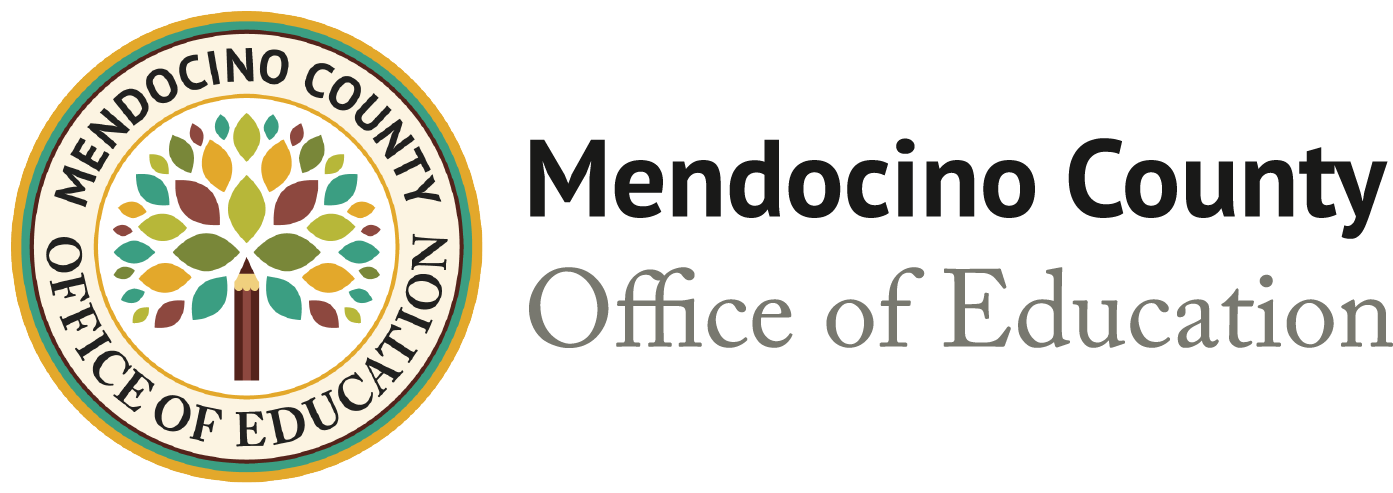
CONTINUOUS IMPROVEMENT
Mendocino County Office of Education: A Perspective on Education
Every year, California schools are evaluated on a variety of measures, everything from students’ math and English skills to suspension rates and chronic absenteeism. When things don’t go well, school districts scramble to put new programs in place that will improve scores the following school year. Although this is admirable, it doesn’t always work out as intended.
There are a couple of reasons for this. Many of the problems school districts are trying to solve have evolved over time, and one year is not enough time to address the problems. Also, real, lasting change requires a systematic approach. Improvement science is the study of change—the study of which improvement strategies actually work— and one of the key components is timely feedback. Without real-time data, school districts have no way of knowing whether their strategies are having the desired effect. It’s like taking weekly tests but not getting any results until the end of the year. How do you know what to work on throughout the year? The answer is, you don’t.
Recently, Stanford University and the Policy Analysis for California Education (PACE) published a research brief titled, “Continuous Improvement: Building System Capacity to Learn.” The report identifies some fundamental steps California school districts need to take if we are to affect long-term change.
Continuous improvement is a management philosophy for organizations that places learning in the center. Learning organizations stay relevant because they constantly update their processes to adjust to changing times.
Process Improvement
The report accurately points out that systems get the results they are designed to get, so if things aren’t going well, the system isn’t designed well. The best way to change a system effectively is through a continuous improvement process that includes the following phases.
- Defining the problem - understanding the problem
- Diagnosis - evaluating current processes
- Intervention - using data within iterative cycles to see if planned changes work
- Impact - evaluating the interventions based on overall goals
- Sustainability - monitoring results and refining interventions
This continuous improvement process has been used in healthcare and other industries for years with great success. It breaks down problems into manageable, bite-sized increments and tests solutions in a real-world setting with immediate feedback so the strategy can be adjusted and retested. PDSA is an acronym for plan, do, study, act. During the Intervention Phase, a team can use the PDSA model over and over until team members get the results they want. It’s like mini-pilot projects with constant refinement.
Resource Investment
This all sounds great, but if you haven’t done it before, you need specific training which costs money-something many school districts don’t have. It also requires a data collection and distribution infrastructure that doesn’t exist right now. The exciting news is that the Bill & Melinda Gates Foundation has earmarked 60 percent of its $1.7 billion in education during the next five years to support school improvement networks nationwide.
With access to training and coaching on how to improve and the data to support it, California schools will be in a better position to create sustainable change. We need to close the achievement gaps that exist among students of different backgrounds. We need to design education so we are constantly preparing students for a future that may not even exist today. We need to stay mindful of students’ academic development, as well as their social and emotional development.
To assist local school districts, the Mendocino County Office of Education (MCOE) is training its staff members, who can then help districts develop and implement process improvement plans. Sustainable change doesn’t happen overnight, but it can happen and MCOE is here to help.
Michelle Hutchins
Mendocino County
Superintendent of Schools

